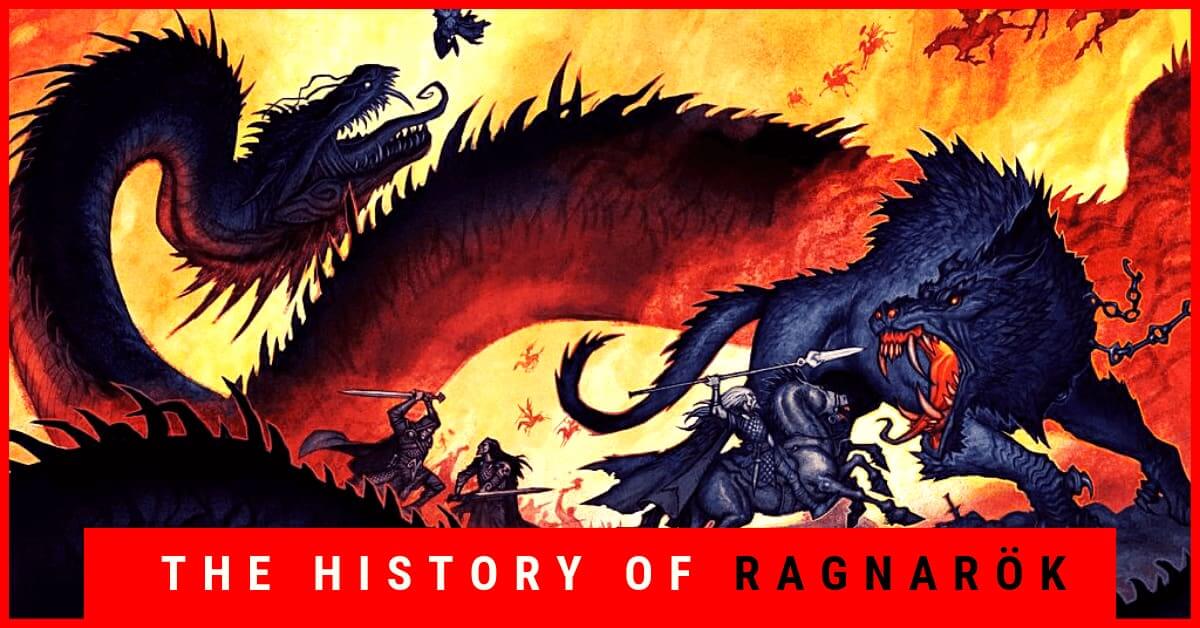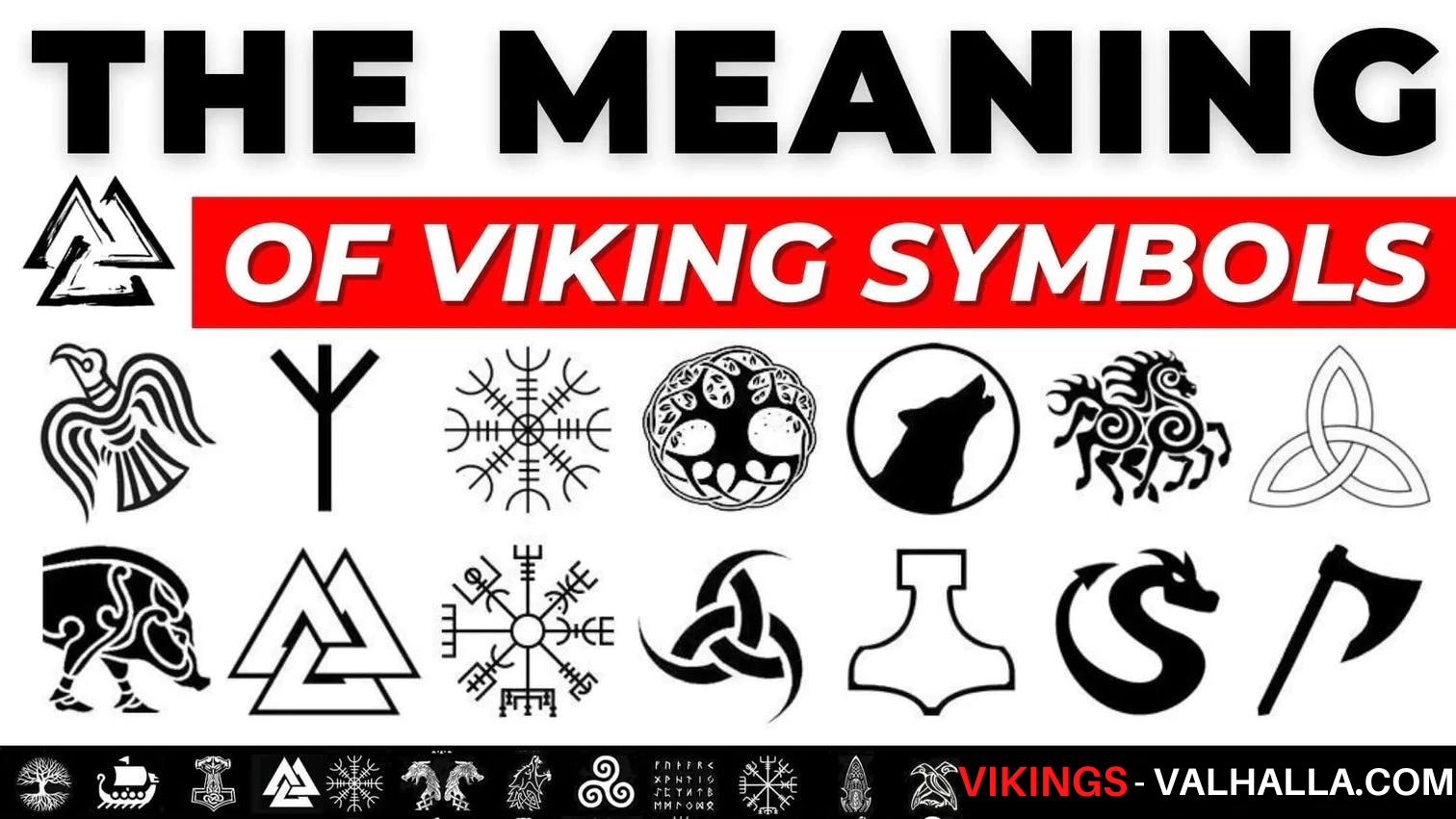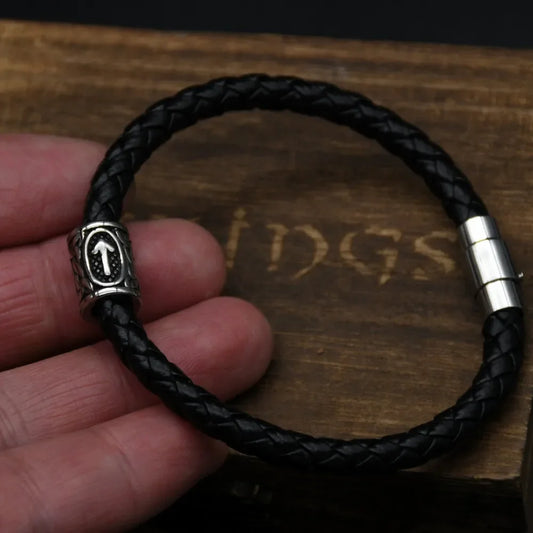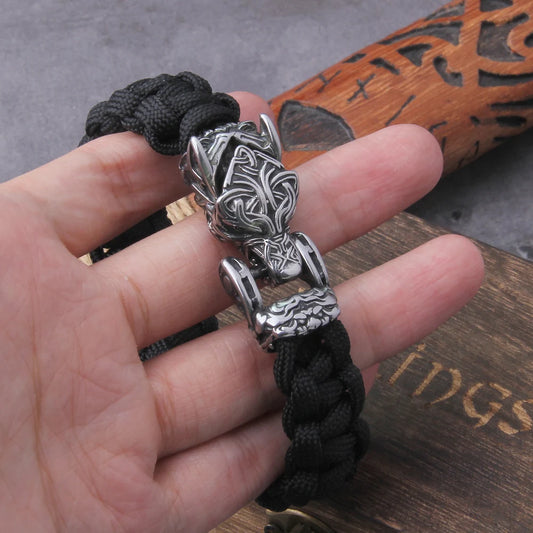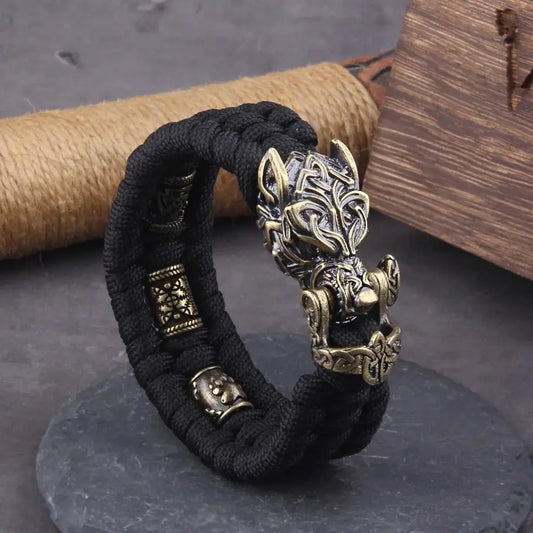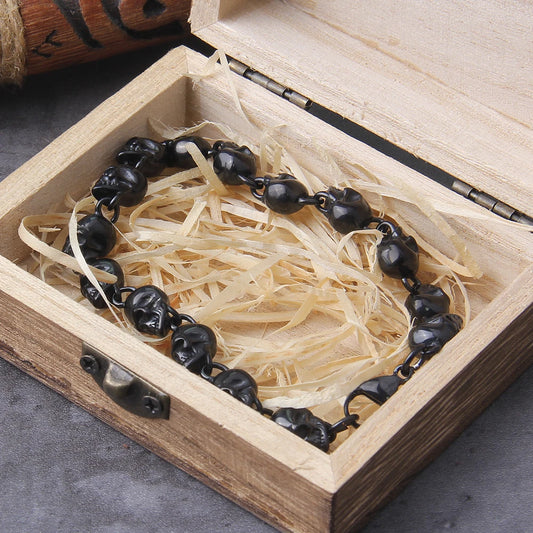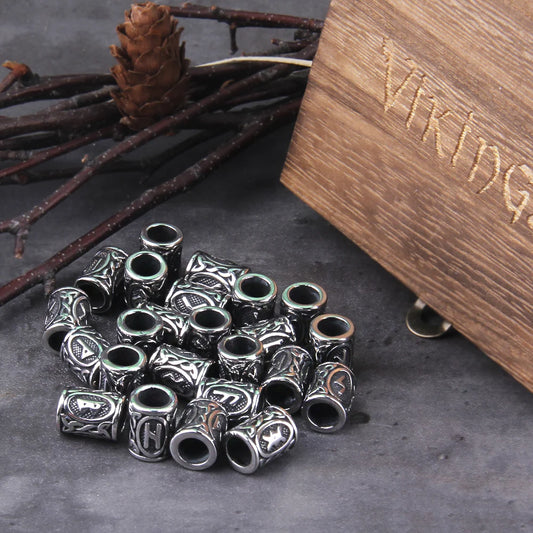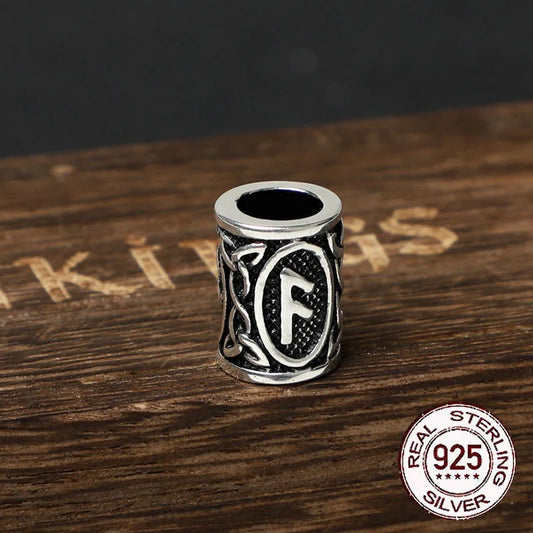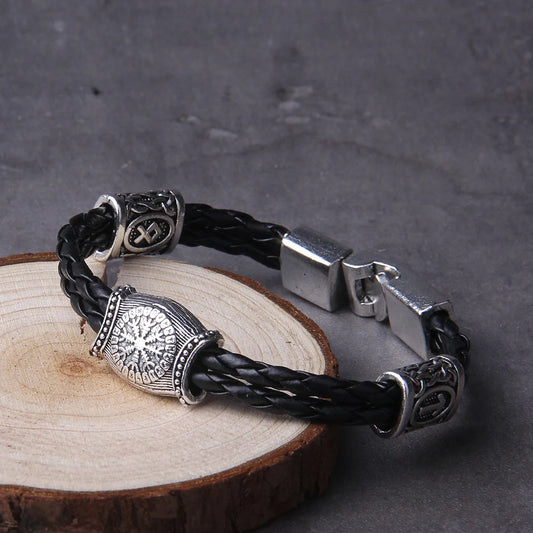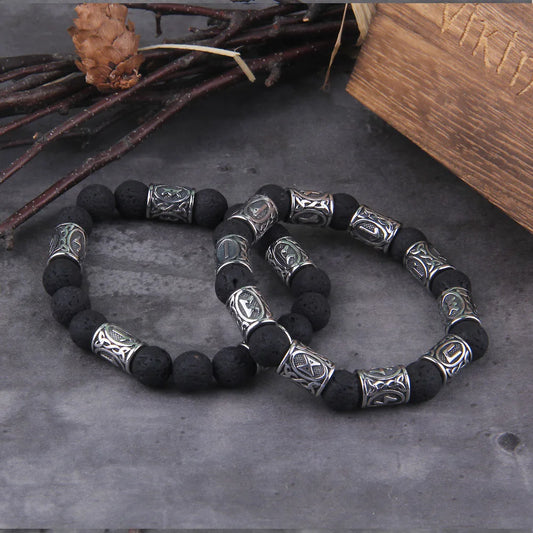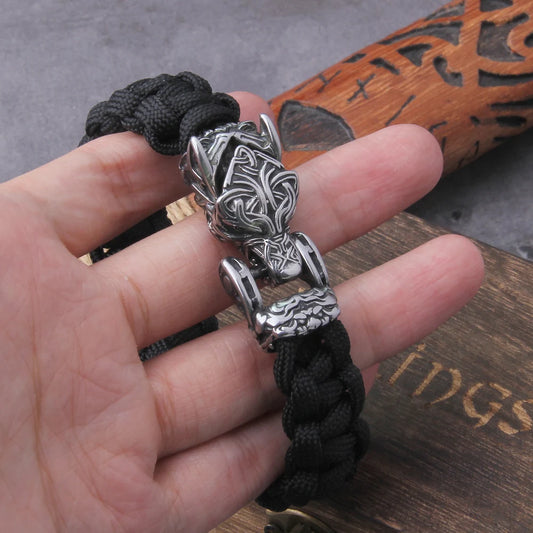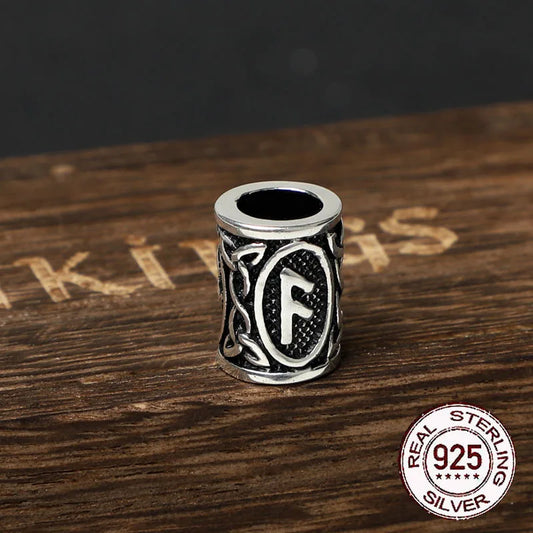In Norse mythology, Fenrir (also known as Fenris, Fenrisúlfr or Vánagandr) is a gigantic monstrous wolf. Fenrir appears in the poetic Edda compiled in the 13th century from ancient traditional sources and in the prosaic Edda and the Heimskringla, written in the 13th century by Snorri Sturluson.
In both the prosaic Edda and the poetic Edda, Fenrir is the father of the wolves Sköll and Hati. He is the son of Loki and is predicted to kill the god Odin during the events of Ragnarök to later be killed by Odin's son Vidar.
In the Prosaic Edda, additional information is given about Fenrir, including: that because the gods knew of the prophecies mentioning the great misfortune he would cause them due to his rapid growth, they decided to put him in chains, which resulted in Fenrir biting and tearing off Tyr's right hand when he was imprisoned.
Representations of Fenrir have been identified in different objects, and academic theories have suggested that Fenrir is related to other wolves of Norse mythology. Fenrir has been the inspiration for many artistic representations, appearances in literature, and video games.
The Binding of Fenrir
At the beginning, Fenrir was only a cub, but as he ate and began to grow, he reached a point where it was impossible to control him. The Aesir decided to keep him in Asgard, to keep an eye on him, but no one was brave enough to take care of him.
Seeing the enormous size he was reaching, they decided to bind him. Twice the gods failed in their attempt to imprison him: first with the Leding chain and then with the even stronger Droma chain, which Fenrir allowed himself to wear, and from which he easily freed himself.
Then the gods turned to the dwarves, who made the Gleipnir chain, which was silky like a lasso but forged with six magical ingredients: a cat's footprint, a woman's beard, the breath of a fish, the roots of a mountain, the sinews of a bear and the saliva of a bird. They took the chain to Fenrir, who, upon learning that it was composed of magical ingredients, refused to put it on.
The Aesir promised him that, if he failed to break the chain, they would release him, because he would no longer seem a threat to them, but Fenrir, suspicious, refused again, but agreed to put it on if any of the gods agreed to place a hand on his snout, as proof of good faith.
Only Tyr, son of Odin, volunteered to put his hand in the wolf's jaws. Then, Fenrir allowed himself to be tied up, but seeing that he could not free himself, he closed his muzzle and bit Tyr's hand.


